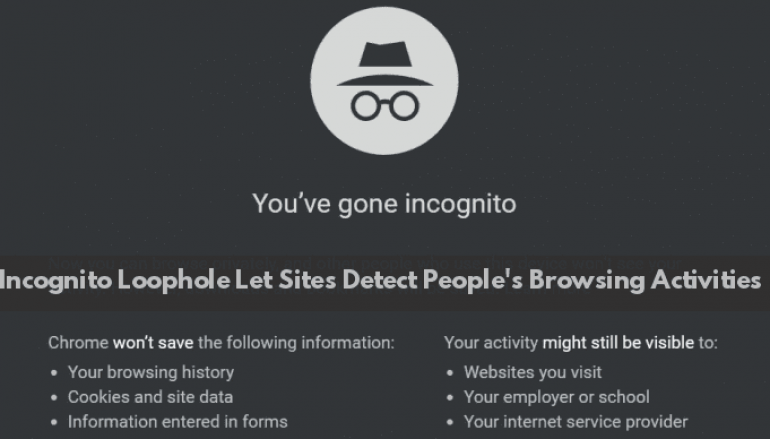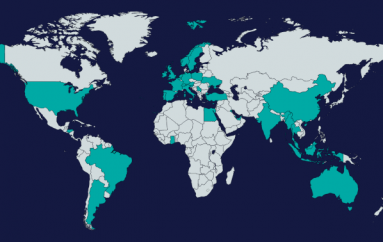
Chrome’s Incognito Mode Loophole Let Sites to Detect People’s Browsing Activities
Google announced a release of Chrome 76 beta version on July 30, in which Chrome will remedy an Incognito loophole that has allowed sites to detect people’s browsing activities.
Incognito Mode is an optional Chrome’s feature helps users to browse in private mode to stop sites track their activities on the web.
The new loophole uncovered in chrome FileSystem API that used by some of the sites to detect when people are browsing in Incognito Mode.
You may have noticed that sites such as the New York Times, Los Angeles Times preventing you from reading articles while using a browser’s private mode and requiring to log in to paid subscriber accounts.
Google statement ensures that the loophole will be fixed in Chrome 76 beta update and these sites will no longer detect whether the user’s browser is in private mode, but other browsers such as Safari for Mac, Firefox and Chrome 75 will not prevent these site’s activity when users private mode.
By default, Chrome’s FileSystem API is disabled in Incognito Mode to avoid leaving browser activity tracing on someone’s device.
Sites can check the availability of FileSystem API if they detect it without any error and it learns that the users are accessing their site in normal mode, instead of that, if they receive an error message then they determine that the users are accessing via private mode.
According to Google Statement, “Based on these users activities, sites are giving the user a different experience, so the behavior of the FileSystem API will be modified to remedy this method of Incognito Mode detection in Chrome 76 that scheduled for July 30.”
This new update will complete the close the loophole and stop site to intercept Incognito Mode sessions with the use of FileSystem API.
“Unlike hard paywalls or registration walls, which require people to log in to view any content, meters offer a number of free articles before you must log in. This model is inherently porous, as it relies on a site’s ability to track the number of free articles someone has viewed, typically using cookies. Private browsing modes are one of several tactics people use to manage their cookies and thereby “reset” the meter count.”
Incognito Mode doesn’t mean that the users are completely under privacy protection. it helps only when “Some wish to protect their privacy on shared or borrowed devices or to exclude certain activities from their browsing histories.
“In situations such as political oppression or domestic abuse, people may have important safety reasons for concealing their Web activity and their use of private browsing features,” Google said.
This post Chrome’s Incognito Mode Loophole Let Sites to Detect People’s Browsing Activities originally appeared on GB Hackers.






